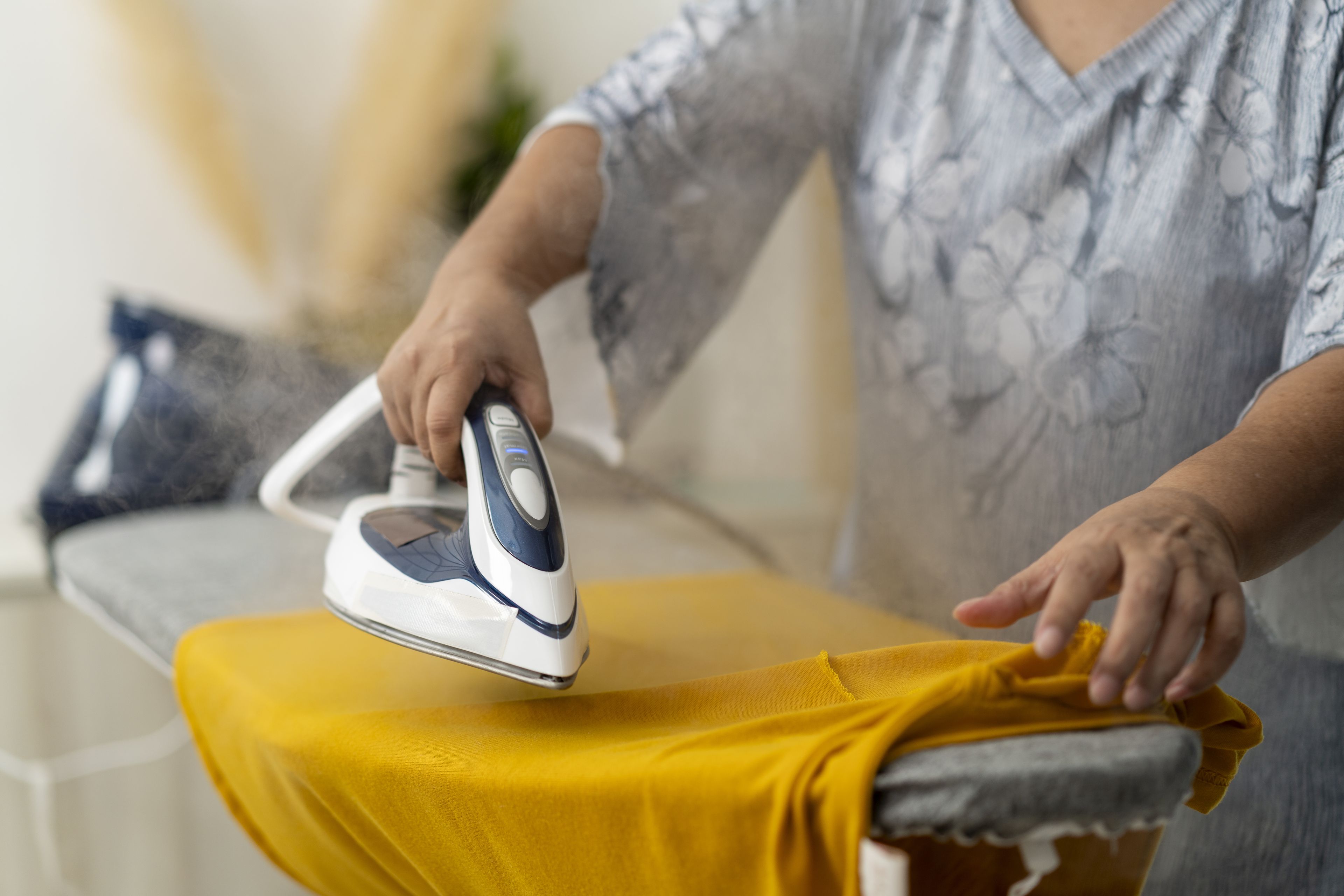
Prevention
Avoid a Contact Burn
A contact burn happens when skin touches a hot surface or object, like pavement, cookware, or tools. These burns can be severe, especially for young children. Learn how to protect yourself, your family, and even your pets.
Download PDFFind a Burn CenterBurn First Aid
Everyday Prevention Tips
Why Contact Burns Matter
Contact burns happen when skin touches something hot — like a pan, pavement, or appliance.
They account for 7–9% of all reported burns.
In 2018, about 70,000 people visited the emergency department for contact burns.
Around one-third of these patients were children under age 5.
For young children, contact burns cause about 20% of burn injuries that require hospitalization.
By the Numbers
Average contact burn size is usually small (under 3% total body surface area) but can still lead to long hospital stays, ongoing wound care, and physical therapy.
About 40% of patients with contact burns need surgery, especially when burns affect areas important for movement and function.